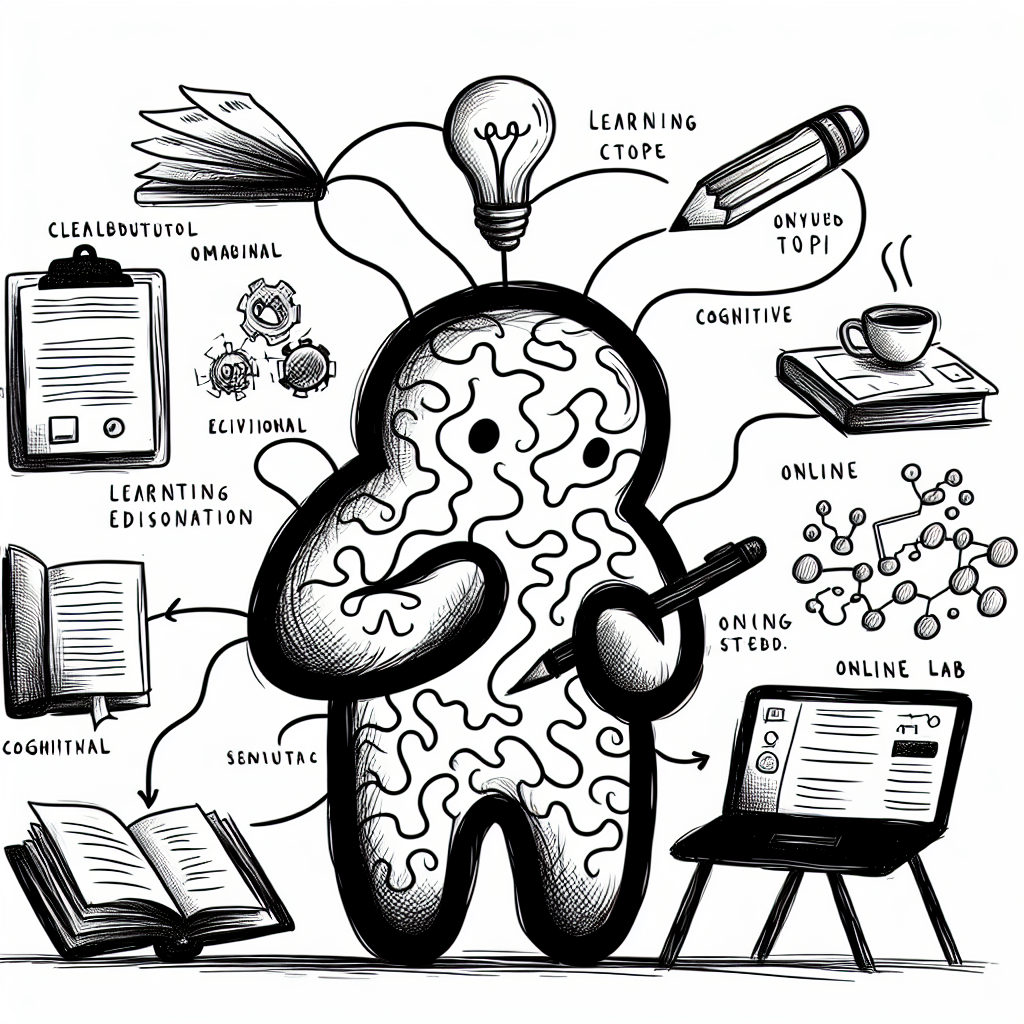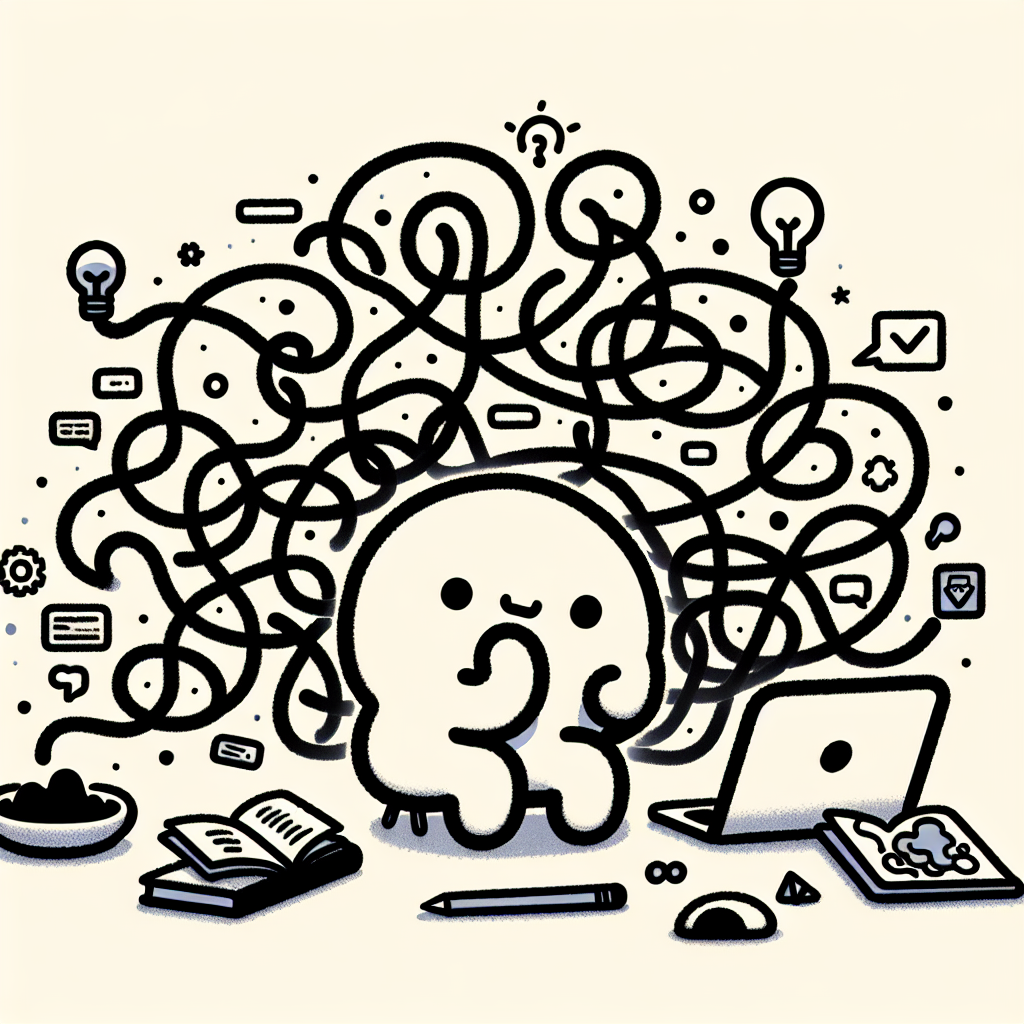Introduction
Self-directed learning (SDL) is increasingly vital in the evolving educational landscape, especially with the growth of online and hybrid learning platforms. As more students navigate these flexible and often self-paced environments, developing effective self-directed learning tips becomes essential for academic and personal success.
Why Self-Directed Learning Matters
Self-directed learning empowers individuals to take control of their educational journey. It encourages lifelong learning and adaptability, skills that are crucial in a rapidly changing world. SDL also enhances critical thinking and metacognitive abilities, which support deeper understanding and retention of knowledge (Creating Self-Directed Learners).
The Rise of Online Learning and the SDL Imperative
With the expansion of online education—particularly in STEM disciplines—students often face challenges related to engagement, motivation, and time management. These courses typically require higher levels of independence and self-regulation. In such contexts, applying strong self-directed learning tips becomes a key factor in student success (Self-Directed Learning Skills – CCRC).

Understanding the Foundations of Self-Directed Learning
What is Self-Directed Learning?
Self-directed learning (SDL) is a process in which individuals take the initiative to diagnose their learning needs, set goals, identify resources, choose and implement strategies, and evaluate outcomes. This approach emphasizes autonomy, where learners take control of their education rather than relying solely on formal instruction.
Key components of SDL include autonomy, self-regulation, and intrinsic motivation. Autonomy allows learners to make choices about what and how to learn. Self-regulation involves setting goals, managing time effectively, and staying on task. Intrinsic motivation drives learners to pursue knowledge for personal satisfaction or interest rather than external rewards.
The SDL Process
The self-directed learning process typically involves several phases:
- Identifying Learning Goals: Learners begin by determining what they want to learn. These goals can be broad or specific and should align with personal or professional objectives.
- Sourcing Resources and Learning Strategies: After setting goals, learners search for materials and methods that support their objectives. This can include books, online courses, videos, mentoring, or experiential learning.
- Monitoring Progress: Learners track their advancement toward goals, assessing both their understanding and their pace. This may involve keeping journals, setting milestones, or using assessment tools.
- Reflecting and Revising Learning Plans: Regular reflection helps learners evaluate what is working and what isn’t. Based on this reflection, they may revise their goals, strategies, or timelines to improve outcomes.
Types of Self-Directed Learners
Self-directed learners can be categorized into different types based on their learning behavior and preferences:
- Observers: These learners prefer to watch and analyze before engaging. They often learn effectively by viewing demonstrations or reviewing examples.
- Constructors: Constructors actively build knowledge through hands-on experiences. They prefer trial-and-error and learn best by doing.
- Explorers: Explorers are curious and take initiative to investigate new ideas and environments. They thrive in open-ended situations where they can experiment and discover (Understanding Self-Directed Learning in an Online Laboratory).
Understanding these foundations and learner types helps in tailoring self-directed learning tips that align with individual learning styles and goals.
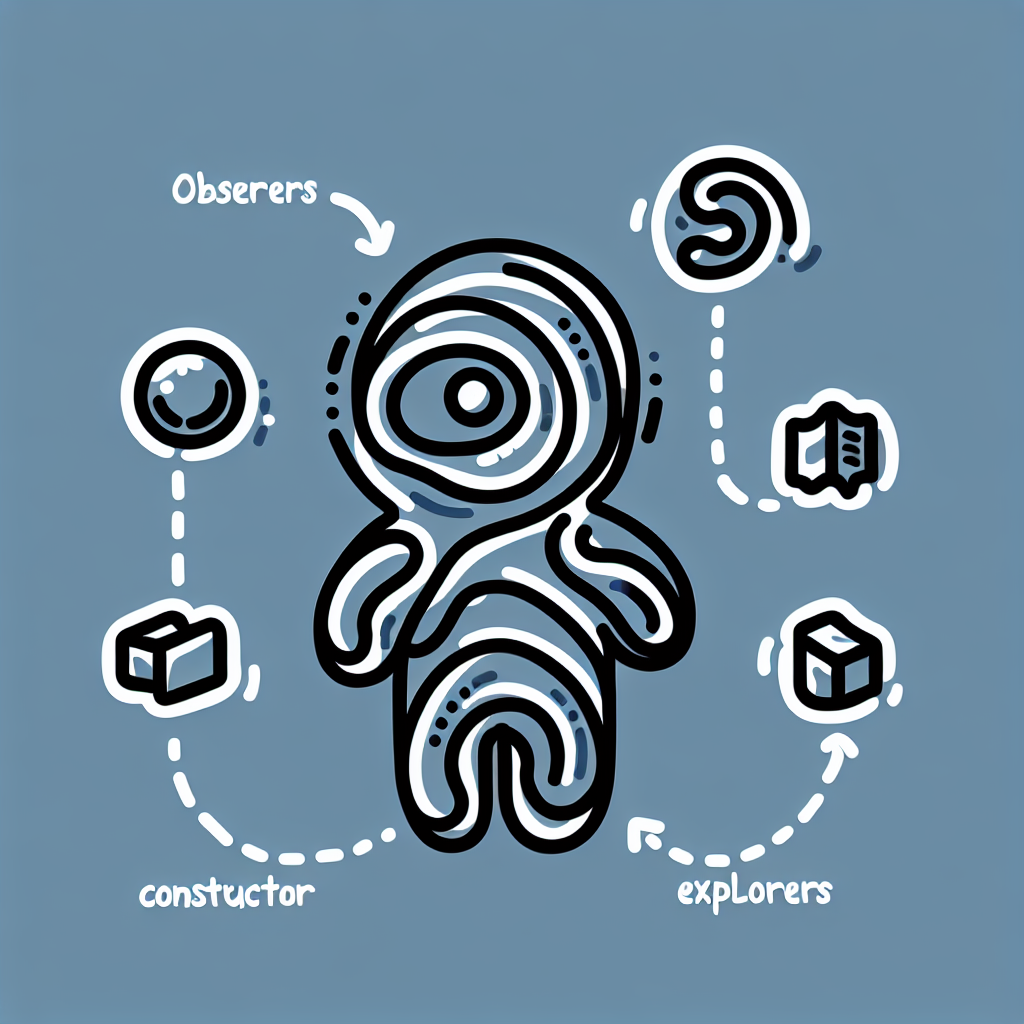
Essential Self-Directed Learning Tips and Strategies
1. Goal-Setting and Planning
Effective self-directed learning starts with clear, actionable goals. Use SMART goals—Specific, Measurable, Achievable, Relevant, and Time-bound—to set a solid foundation. Break down long-term objectives into smaller, manageable tasks to maintain momentum. Weekly learning plans and structured timelines help in tracking progress and staying organized.
2. Time Management Techniques
Time management is critical for self-directed learners. Techniques like the Pomodoro Technique, time blocking, and habit stacking can enhance focus and consistency. Use prioritization frameworks such as the Eisenhower Matrix to identify urgent and important tasks. Digital tools like calendar apps, task managers, and focus timers support consistent scheduling and productivity.
3. Reflective Learning Practices
Reflection deepens understanding and supports continuous improvement. Maintain a daily or weekly journal to track insights and challenges. Use self-assessments and learning logs to evaluate progress. Participating in peer feedback and group reflection sessions can also provide diverse perspectives and reinforce learning.
4. Active Learning Approaches
Engaging actively with content boosts retention and motivation. Problem-based learning (PBL) encourages curiosity and ownership (Developing Self-Directed Learners – NCBI). Incorporate inquiry-based learning and Socratic questioning to explore topics deeply. Hands-on experimentation and applying knowledge in real-world tasks solidify learning.
5. Learning How to Learn
Understanding how learning works enhances effectiveness. Use metacognitive strategies like self-questioning, elaboration, and dual coding. Being aware of your learning style and preferences helps tailor your approach. Recognize cognitive biases and learning plateaus to adapt and overcome obstacles (Creating Self-Directed Learners).
6. Effectively Using Learning Tools and Resources
Choose the right tools to support your self-directed learning journey. Self-paced tutorials and MOOCs offer flexible and scalable content. Create interactive study aids such as flashcards and diagrams to reinforce understanding. Be mindful of the limitations of self-guided tools and seek external support when needed (Holistic Framework – Marshman et al.).
7. Seeking and Utilizing Feedback
Feedback is essential for growth. Seek timely input from instructors and peers to identify areas of improvement. Use rubrics and checklists for structured self-evaluation. Building regular feedback loops into your study routine ensures continuous development and accountability.
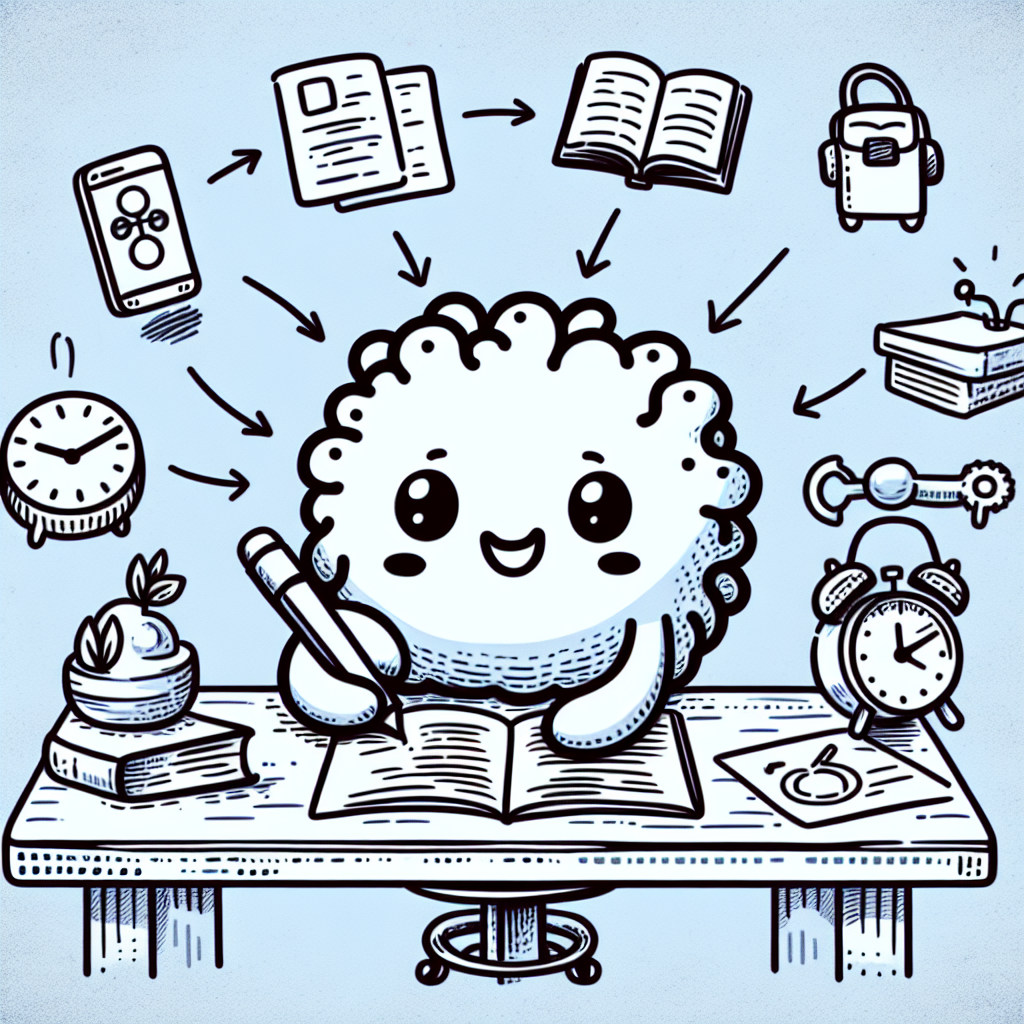
Implementing SDL Strategies in Online and STEM Contexts
Online STEM education presents unique challenges to self-directed learning (SDL), including a lack of structure, reduced instructor visibility, and increased student isolation. These factors can lead to decreased motivation and engagement, particularly among learners unfamiliar with managing their own learning pathways (CCRC Report).
To support SDL in virtual classrooms, instructors and course designers can embed scaffolding into the course structure. This includes breaking down complex tasks into manageable steps and providing clear milestones. Formative assessments can guide learners' progression by offering timely feedback and helping them monitor their understanding. Additionally, integrating collaborative tools such as discussion boards and peer review systems can reduce isolation and promote accountability.
Case studies from community colleges show that creating SDL-friendly online environments leads to better outcomes. For example, structured self-paced tutorials that include integrated support mechanisms have proven effective in STEM education (Holistic Framework – Marshman et al.). Researchers have also emphasized the importance of modeling effective SDL behaviors to help students understand and replicate strategies that lead to high-quality academic output (Understanding SDL – An et al.).
The measurable outcomes of supporting SDL in online and STEM contexts include improved academic performance and higher retention rates. Learners also report greater confidence and independence, along with increased engagement in complex problem-solving tasks—key indicators of successful self-directed learning implementation.

Building Institutional and Instructor Capacity
Training Educators in SDL Facilitation
To effectively implement self-directed learning tips in educational settings, institutions must invest in training educators to become facilitators of SDL. This includes offering workshops focused on metacognition, problem-based learning (PBL), and coaching strategies. These sessions help instructors understand how learners think, solve problems, and take ownership of their learning. Encouraging reflective teaching practices and incorporating continuous feedback loops also strengthen an educator’s ability to guide students in self-directed learning.
Designing SDL-Enabling Curricula
Curriculum design plays a critical role in supporting self-directed learning. Embedding autonomy-supportive activities—such as open-ended projects and self-assessments—helps students take initiative. Allowing learners to choose their assignments and learning paths fosters engagement and ownership. Additionally, providing resource-rich digital learning environments ensures students have access to tools and content that support personalized, independent learning.
Addressing Time and Resource Constraints
Institutions often face limitations in time and resources when implementing self-directed learning tips. One solution is to use template-based course design, which streamlines the development of SDL-friendly courses. Establishing peer mentoring programs and learning communities can also distribute the support burden and foster collaborative growth. Finally, leveraging learning analytics allows educators to personalize learning pathways based on student behavior and performance, increasing both efficiency and effectiveness (NCBI).
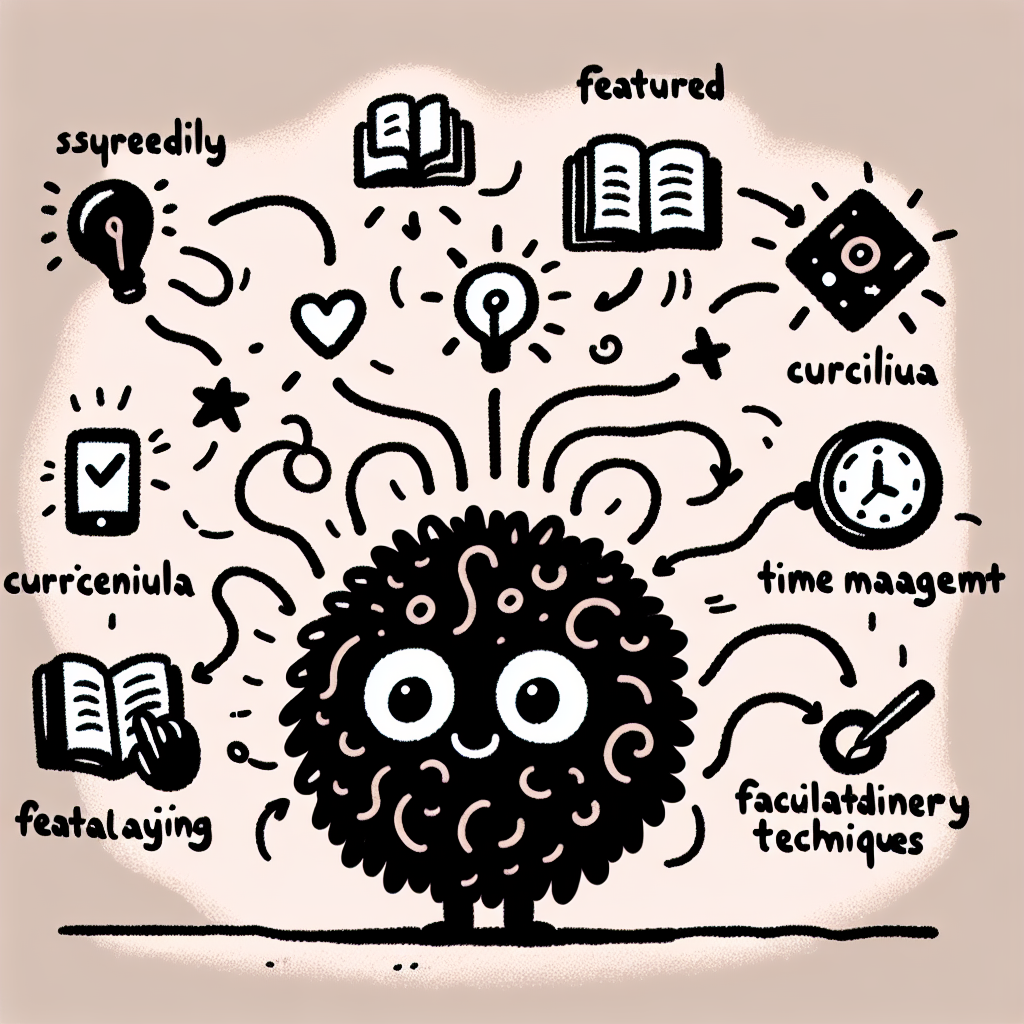
Conclusion: Becoming a Lifelong Self-Directed Learner
Self-directed learning (SDL) is not an inborn talent—it is a skill that can be developed and strengthened with practice and the right strategies. For students in both academic and professional contexts, cultivating SDL can lead to greater achievement and adaptability. This is especially true for online and STEM learners, who often operate in fast-changing, independent learning environments.
Key Takeaways
- SDL is not innate—it can be cultivated with intentional strategies.
- Effective SDL enhances academic and career success.
- Online and STEM learners particularly benefit from structured SDL supports.
Final Tips for Students
- Begin with manageable steps, such as setting daily goals to build consistency and focus.
- Regularly reflect on your progress and be willing to adjust your strategies.
- Remember that self-directed learning doesn't mean learning in isolation—seeking guidance and feedback is a critical part of the process.
Recommendations for Educators and Institutions
- Integrate self-directed learning tips and skill-building into course design to complement content learning.
- Create learning environments that provide a balance between learner autonomy and structured support.
- Utilize evidence-based tools and frameworks that help learners take ownership of their learning paths while still having access to guidance and resources.
By embracing these self-directed learning tips, both students and educators can foster a culture of lifelong learning that adapts to the evolving demands of education and work.
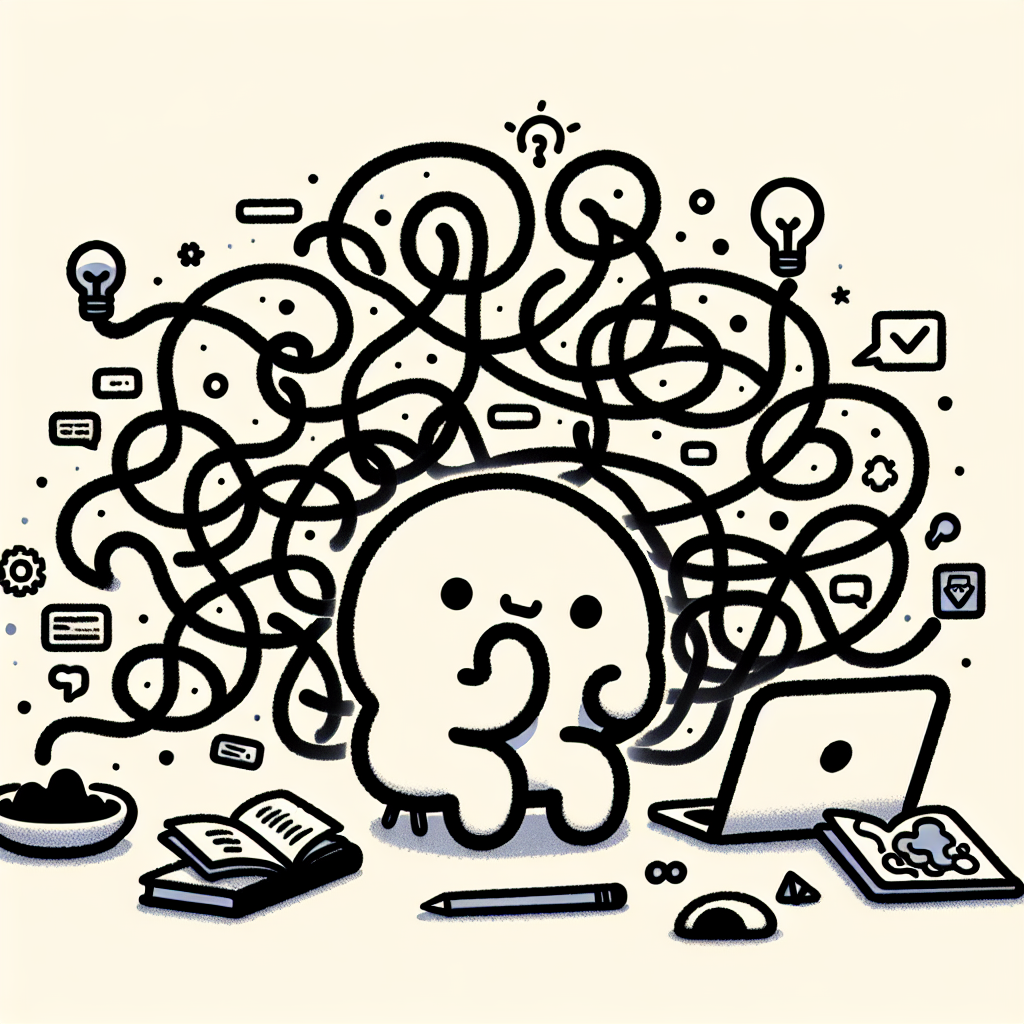
References
- Self-Directed Learning Skills – CCRC – This publication outlines essential self-directed learning tips and strategies to support learners in developing autonomy and motivation.
- Creating Self-Directed Learners – University of Denver – Offers guidance for educators on fostering self-directed learning skills in students through course design and instructional strategies.
- Holistic Framework – Marshman et al. – Presents a framework that integrates cognitive, behavioral, and emotional components to support self-directed learning tips in STEM education.
- Understanding SDL in an Online Laboratory – An et al. – Investigates how students apply self-directed learning tips in virtual lab environments and the factors that influence their success.
- Developing Self-Directed Learners – NCBI – Discusses approaches in healthcare education to cultivate self-directed learning skills and improve lifelong learning outcomes.
